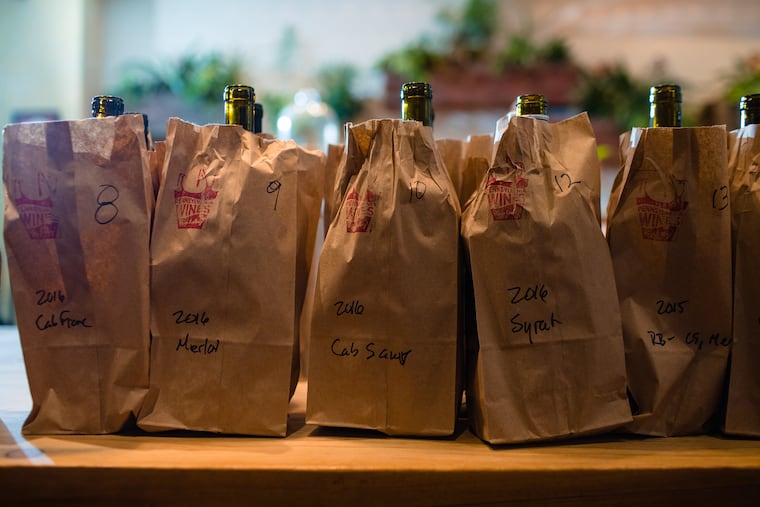Give Pennsylvania wines a chance. These are the ones to try.
Very few of Pennsylvania's better wines can be found in Pennsylvania wine stores.

Around the country, the growing movement to support local agriculture has significantly improved the popularity of locally grown wines as well. Wine grapes are grown throughout Pennsylvania, and the state's number of licensed wineries has grown fourfold since 2000, from 64 to 257.
Many wine lovers don't take Pennsylvania wines seriously, however, whether based on experience or simply on skepticism. But they should. Not only have great strides been made in improving quality on the winemaking side in recent years, but with longer grape-growing experience comes greater understanding of which varieties to plant where.
"Since this is such a big state, there is a lot of variability in Pennsylvania's weather conditions," says Michela Centinari, assistant professor of viticulture at Pennsylvania State University. "Compared to other international wine regions, the various facets of our climate most closely resemble those found in northern France, northern Italy, Austria, and even Germany. We have more overcast conditions than sunnier and more arid wine regions like California, Argentina, or the Mediterranean coast."
Pennsylvania's cool, cloudy, and humid conditions mean lighter, brighter, and whiter wines tend to perform better here than heavier reds. This certainly held true at a blind-tasting competition organized last month by the Pennsylvania Winery Association and judged by a panel of local sommeliers, myself included. Only three of the 10 top-scoring wines in this year's "Judgment of Pennsylvania" were red, and all were made with grapes known to perform well in cool climates: pinot noir and cabernet franc from northern France as well as northern Italy's teroldego. The other seven were all unoaked white wines from grapes native to even cooler and more humid zones, like northern Spain's albariño and Austria's grüner veltliner.
One grape was the clear winner, though. Five of the top 10 wines, including four of the top five, were made with the single most cold-tolerant of Europe's fine wine grapes, Riesling from Germany, which is known for its diverse range of styles, from bone dry to fully sweet.
So, take a tip from the wine professionals and give Pennsylvania wines a chance, but don't expect the best results from grapes that prefer warmer, drier regions, like cabernet sauvignon.
Pennsylvania's unique terroir favors white wines over red, unoaked wines over barrel-aged styles, and lightweight wines over fuller-bodied ones. Below, I'm recommending some of my personal favorites from the competition, whose results will be announced on Oct. 15, as well as a handful of additional favorites.
One final note: Few of Pennsylvania's better wines can be found in Pennsylvania wine stores. There is simply little economic incentive for small, independent wineries to sell their wares to the Pennsylvania Liquor Control Board for a fraction of the retail price they can charge at the cellar door. But because Pennsylvania wineries are permitted to ship wines directly to Pennsylvania residents, online sales through their websites or by phone allow the public access to wines made anywhere across the state with equal ease. And that's good news we can all raise a glass to.